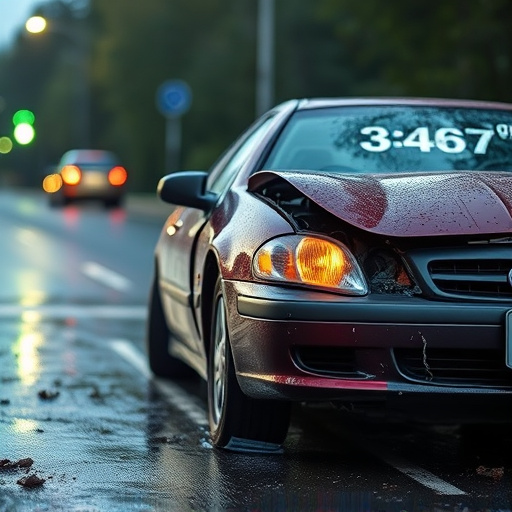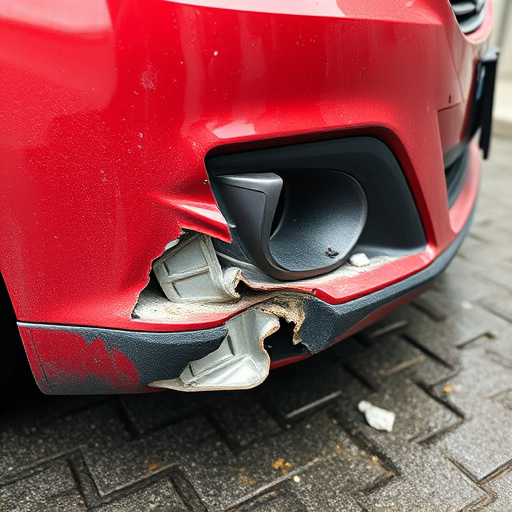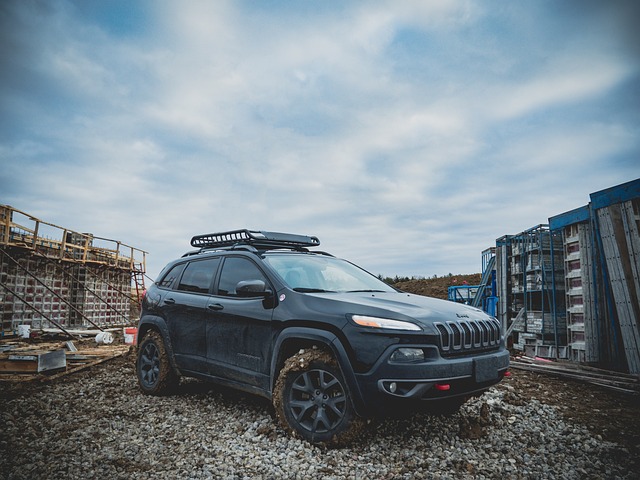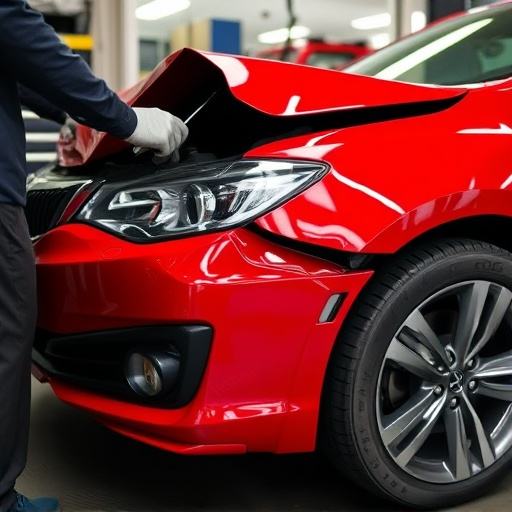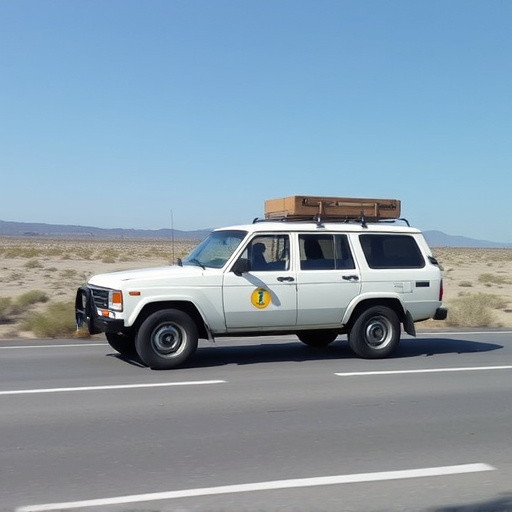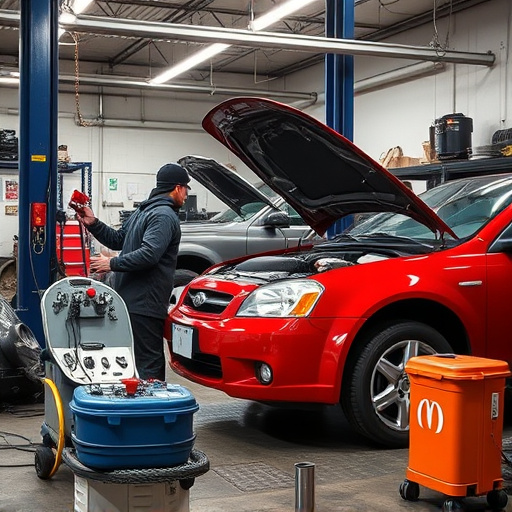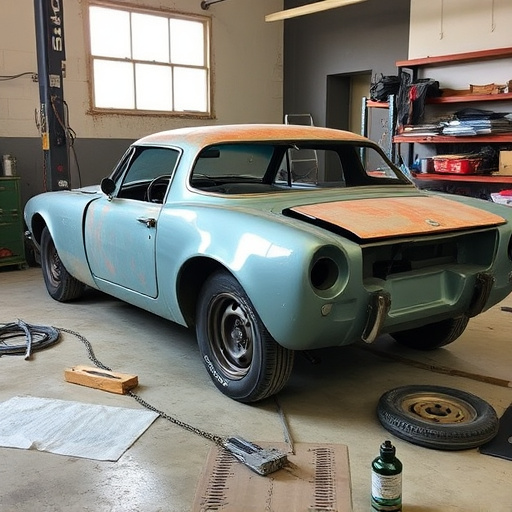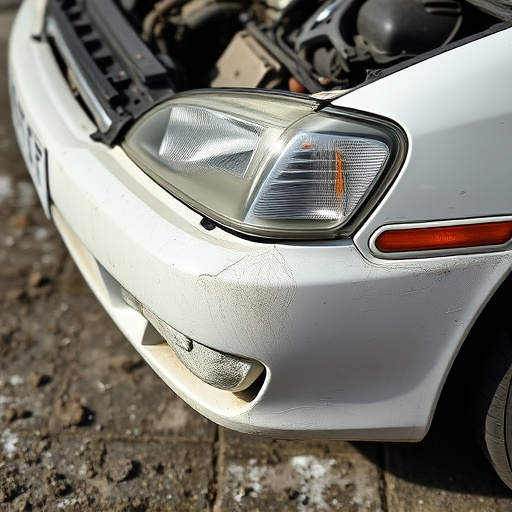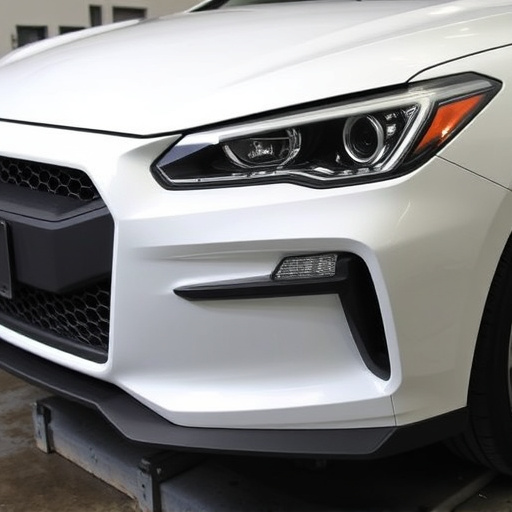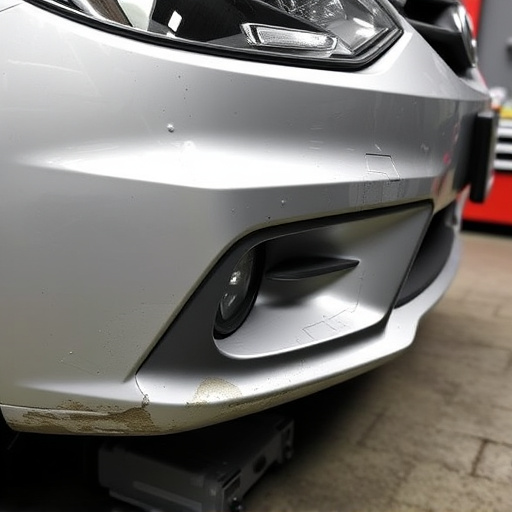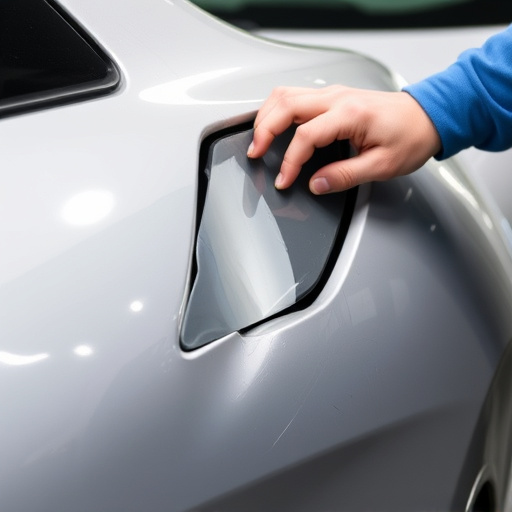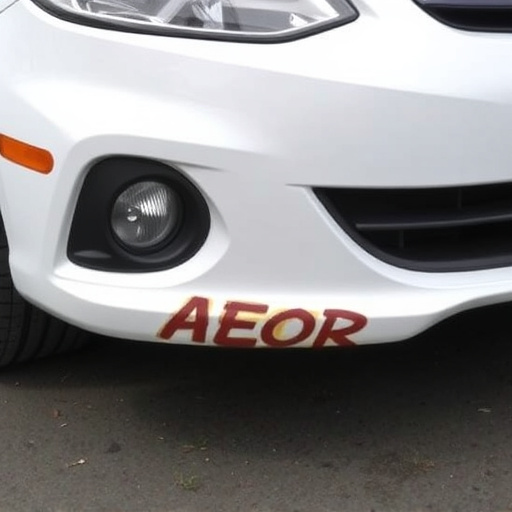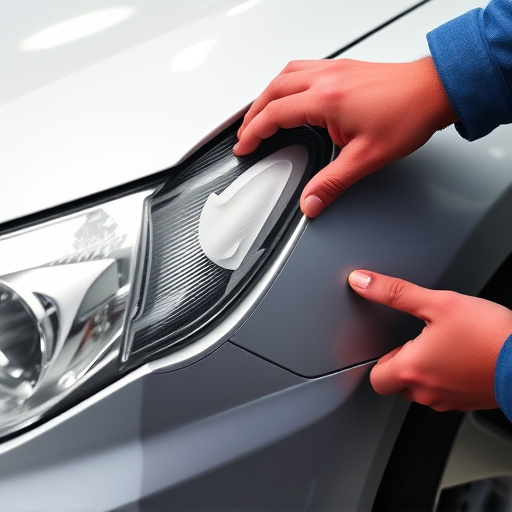Tesla's advanced bumper sensors improve safety by detecting potential collisions, but they can falsely alarm due to various issues like debris, damage, or wiring problems. Simple troubleshooting like cleaning and recalibration helps, but persistent issues require professional Tesla bumper sensor repair services to optimize performance and reduce false alarms, ensuring a safer driving experience.
“Experience frequent false alarms on your Tesla’s bumper sensors? You’re not alone. This comprehensive guide tackles the common causes—from debris buildup to sensor malfunction—and provides a step-by-step approach to repairing them. Understanding how these sensors work and implementing simple solutions can significantly reduce false alerts, enhancing your driving experience. Discover expert tips for troubleshooting and fixing Tesla bumper sensor issues, ensuring your vehicle’s advanced safety features operate at their best.”
- Understanding Tesla Bumper Sensors and Their Functionality
- Common Causes of Frequent False Alarms in Tesla Bumpers
- Step-by-Step Guide to Repairing Tesla Bumper Sensor False Alarms
Understanding Tesla Bumper Sensors and Their Functionality

Tesla’s bumper sensors are an innovative safety feature designed to detect potential collisions and trigger the car’s collision avoidance systems. These sensors are strategically placed around the vehicle, especially on the bumpers, to monitor changes in distance from objects in front, sides, or behind. When a sensor detects an imminent impact, it sends a signal to the car’s computer, which then takes evasive action, like applying brakes or steering automatically.
While these sensors significantly enhance safety, they can sometimes be prone to false alarms. This could be due to various factors, such as debris on the road or slight vibrations causing misalignment. Over time, routine wear and tear or minor damages can also impact their accuracy. That’s where professional Tesla bumper sensor repair comes into play. An automotive body shop with expertise in car restoration can calibrate and fix these sensors, ensuring they function optimally and reduce false alarms, thereby enhancing the overall driving experience and safety of Tesla owners.
Common Causes of Frequent False Alarms in Tesla Bumpers
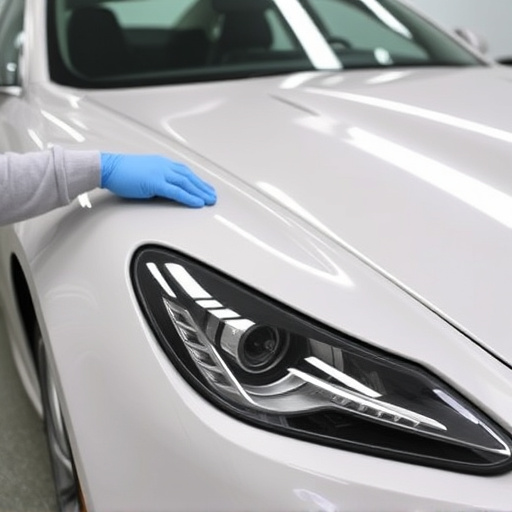
Frequent false alarms from Tesla bumper sensors can be frustrating and may indicate underlying issues with the vehicle’s safety features. Common causes include minor scratch repair or damage to the sensor itself, which can be triggered by even slight impacts or changes in the surrounding environment. Over time, these sensors can become less accurate due to dirt, debris, or a build-up of contaminants, leading to false readings. Additionally, issues with the wiring or connectivity within the bumper’s control unit may cause inconsistent performance, resulting in unnecessary alarm triggers. Understanding these potential problems is essential when considering car collision repair or car damage repair options for your Tesla.
Step-by-Step Guide to Repairing Tesla Bumper Sensor False Alarms
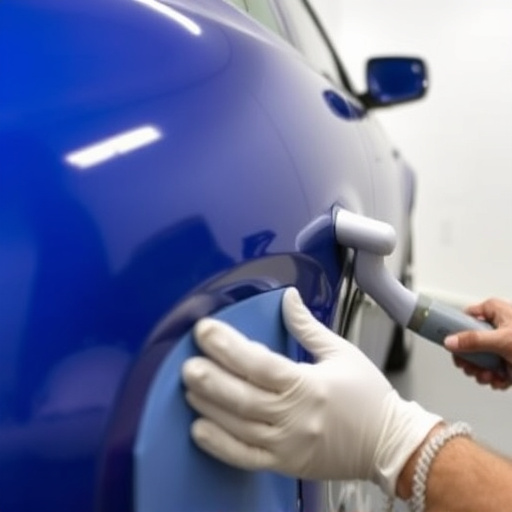
If your Tesla’s bumper sensors are triggering false alarms, don’t panic. Here’s a step-by-step guide to help you resolve the issue yourself. Start by inspecting the sensors for any visible damage or debris buildup. Often, a simple cleaning with a soft cloth and a mild detergent can eliminate the problem. Ensure you remove all traces of grime or foreign objects embedded in the sensor casing.
For more persistent false alarms, consider that the sensors may require recalibration. This involves resetting the sensor’s sensitivity settings to their factory defaults. Consult your vehicle’s owner manual for specific instructions on how to access and reset these settings using your car’s infotainment system. If DIY methods fail, it might be time to seek professional assistance from reputable auto repair services or car bodywork specialists who can provide expert Tesla bumper sensor repair, ensuring your vehicle’s safety features function optimally once again.
If your Tesla’s bumper sensors are triggering false alarms, don’t panic. This comprehensive guide has equipped you with the knowledge to identify and rectify the issue. By understanding the sensors’ functionality, recognizing common culprits like dirt or damage, and following a detailed step-by-step repair process, you can significantly reduce false alerts. Remember, proper Tesla bumper sensor repair not only enhances your driving experience but also ensures your vehicle’s collision avoidance system operates at peak performance.
